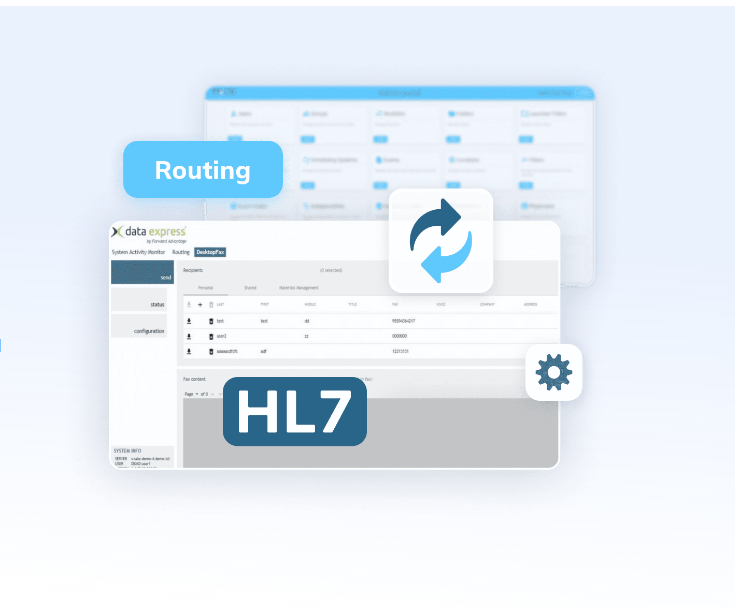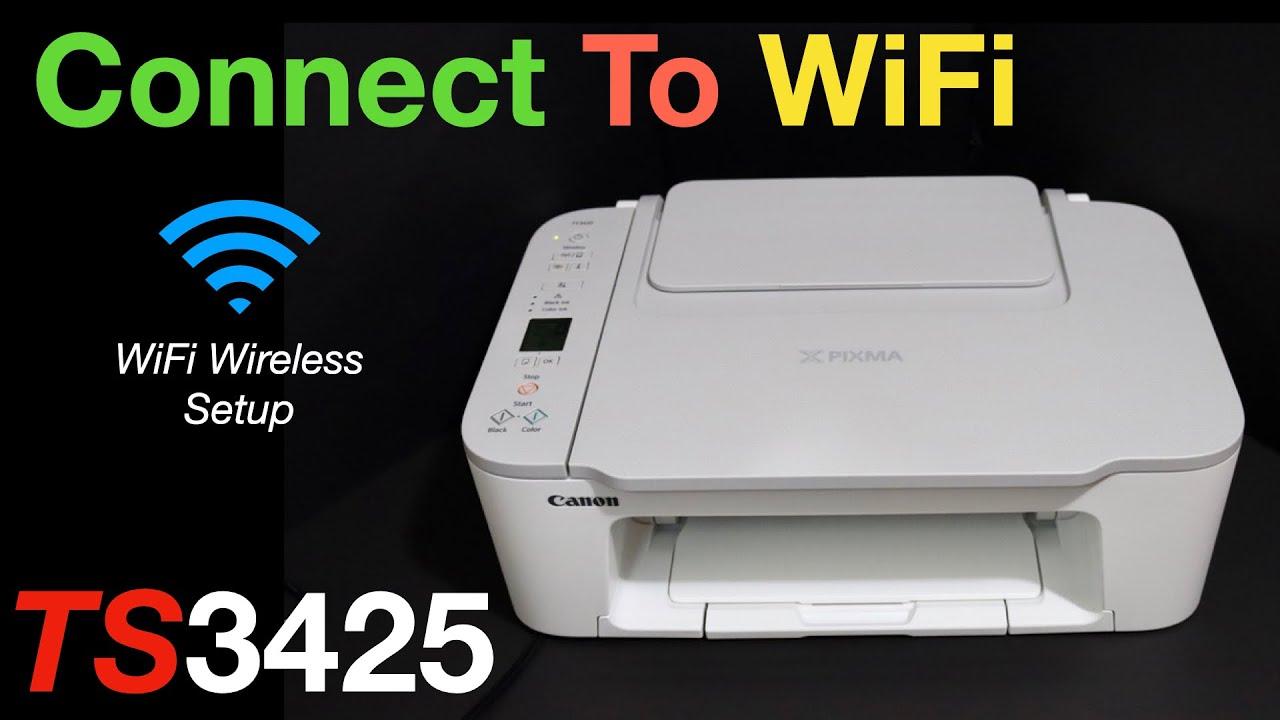Introduction
In the ever-evolving landscape of healthcare, efficient data exchange is paramount for providing timely and effective patient care. HL7 integration stands as a beacon of innovation, offering seamless interoperability between disparate systems, thereby revolutionizing the healthcare industry. This comprehensive guide explores the intricacies of HL7 integration, its significance, implementation strategies, and future prospects.
Understanding HL7 Integration
Health Level Seven International (HL7) is a standards development organization committed to enhancing interoperability in healthcare. HL7 integration refers to the process of seamlessly exchanging electronic health information between various healthcare systems, regardless of their vendor or platform. By adhering to HL7 standards, healthcare organizations can facilitate the exchange of vital patient data, including demographics, clinical observations, laboratory results, and more, in a structured and standardized format.
The Importance of HL7 Integration
In today's healthcare ecosystem, where data silos and disparate systems are commonplace, HL7 integration emerges as a game-changer. Its importance resonates in several key aspects:
-
Enhanced Efficiency: HL7 integration streamlines workflows by automating data exchange processes, reducing manual errors, and improving operational efficiency.
-
Improved Patient Care: By enabling real-time access to patient data across different healthcare settings, HL7 integration empowers clinicians to make informed decisions promptly, leading to improved patient outcomes.
-
Interoperability: HL7 standards ensure seamless interoperability between healthcare applications and systems, fostering collaboration and data exchange across the care continuum.
Implementation Strategies for HL7 Integration
Implementing HL7 integration requires careful planning and execution. Here are some key strategies to consider:
Assessment and Planning
Begin by conducting a thorough assessment of existing systems, workflows, and data exchange requirements. Identify integration goals, stakeholders, and potential challenges to devise a comprehensive integration plan.
Selection of Integration Tools and Technologies
Choose integration tools and technologies that align with your organization's needs and infrastructure. Whether it's HL7 interface engines, middleware solutions, or application programming interfaces (APIs), select robust platforms capable of supporting seamless data exchange.
Customization and Configuration
Tailor HL7 integration solutions to meet the specific needs of your organization. Configure data mappings, message formats, and communication protocols to ensure compatibility and adherence to HL7 standards.
Testing and Validation
Conduct rigorous testing and validation procedures to ensure the reliability, accuracy, and security of HL7 integration workflows. Perform end-to-end testing, interface validation, and data integrity checks to mitigate risks and ensure smooth implementation.
Training and Support
Provide comprehensive training and support to users and stakeholders involved in HL7 integration. Offer ongoing assistance, documentation, and troubleshooting resources to facilitate adoption and address any challenges that may arise.
Future Trends in HL7 Integration
As technology continues to advance, the future of HL7 integration holds exciting possibilities:
-
Interoperability Standards: Continued evolution of HL7 standards, such as FHIR (Fast Healthcare Interoperability Resources), will further enhance interoperability and data exchange capabilities.
-
AI and Machine Learning: Integration of AI and machine learning algorithms into HL7 systems will enable advanced data analytics, predictive modeling, and personalized healthcare delivery.
-
Blockchain Integration: Integration of blockchain technology with HL7 standards holds promise for enhancing data security, integrity, and interoperability in healthcare transactions.
Frequently Asked Questions (FAQs)
-
What is HL7 Integration, and why is it important? HL7 Integration facilitates the seamless exchange of healthcare data between disparate systems, improving efficiency, interoperability, and patient care.
-
How does HL7 Integration benefit healthcare organizations? HL7 Integration enhances operational efficiency, enables real-time access to patient data, fosters interoperability, and improves clinical decision-making.
-
What are some common challenges associated with HL7 Integration? Challenges may include system compatibility issues, data mapping complexities, security concerns, and the need for ongoing maintenance and support.
-
How can healthcare organizations ensure successful HL7 Integration implementation? Successful implementation requires thorough planning, selection of appropriate tools and technologies, customization, rigorous testing, and ongoing training and support.
-
What are the emerging trends shaping the future of HL7 Integration? Future trends include the evolution of interoperability standards, integration of AI and machine learning, and exploration of blockchain technology for enhanced data security and integrity.
-
Are there any regulatory considerations for HL7 Integration? Healthcare organizations must adhere to relevant regulatory requirements, such as HIPAA (Health Insurance Portability and Accountability Act), to ensure patient data privacy and security.
Conclusion
In conclusion, HL7 integration represents a cornerstone of modern healthcare, facilitating seamless data exchange and interoperability across diverse systems and stakeholders. By embracing HL7 standards and leveraging innovative integration solutions, healthcare organizations can unlock new efficiencies, improve patient care, and pave the way for a brighter, more interconnected future in healthcare.






